Florida added more than 29,000 private school students last school year, according to data released this summer by the Florida Department of Education.
That's the second-largest jump in private school enrollment in the past decade, trailing only the previous school year, when private school enrollment rebounded from a pandemic-era dip.
Florida's private schools reported 445,067 students enrolled during the 2022-23 school year, an all-time high.

All told, 13.4 percent of Florida's 3.3 million Pre-K-12 students attend private school. The share of private school students is higher in Pre-K than in older grades. The state's Voluntary Pre-Kindergarten program provides a universal scholarship for students to attend public or private schools of their choice.
The state's report lists 11 counties with private school enrollment above 15 percent. They include affluent suburbs (led by Martin County, where 44.4 percent of students attend private schools), rural districts (led by Jefferson County, home to a historically troubled public school system), and large urban districts.
If Miami-Dade County's private schools counted as a school district, it would edge out Pasco County Schools as the tenth largest in the state.
The report also shows the number of private schools increased slightly, by 125. The number of students swung more dramatically, both in the pandemic drop and in the subsequent upward surge, than the number of schools.
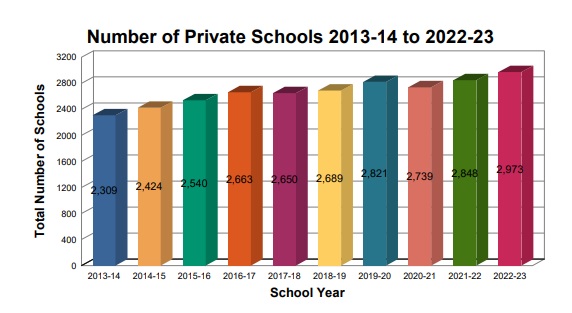
Public schools across the Florida are also adding students as families relocate from other states, and state economic forecasters project that growth will continue.
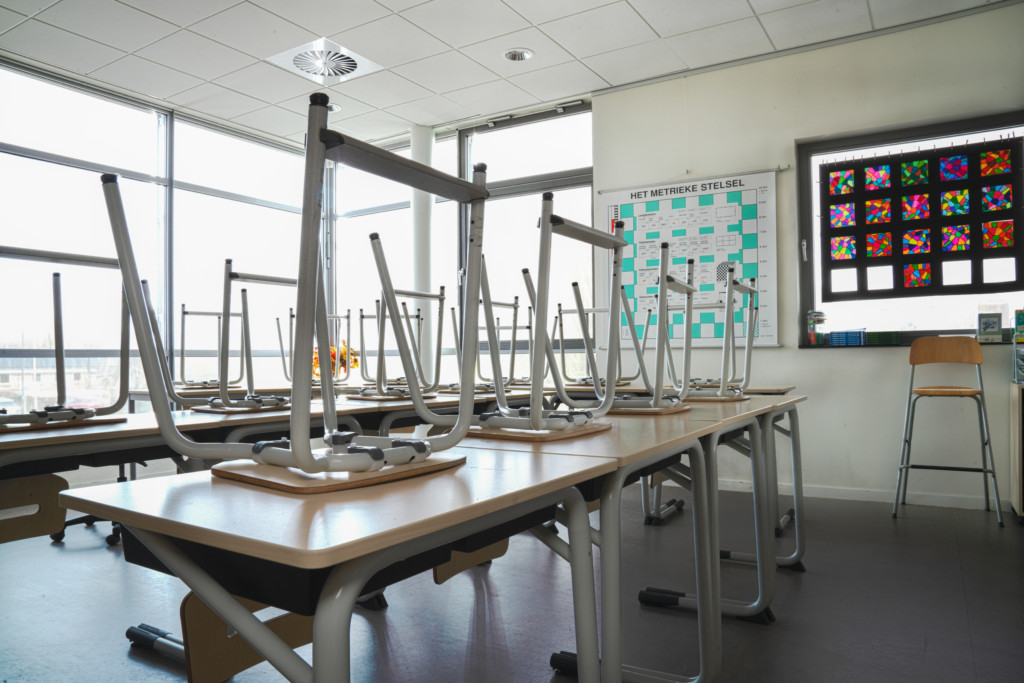
Was pandemic learning loss a necessary evil to create a more just society?
One teachers union representative from Richmond, Virginia seems to think so. In an interview with ProPublica, Melvin Hostman, who serves on the Richmond Education Association’s executive board, remarked that “the whole thing about learning loss I found funny is that, if everyone was out of school, and everyone had learning loss, then aren’t we all equal? We all have a deficit.”
When confronted with evidence that learning loss disproportionately affected already-disadvantaged populations, Hostman doubled down, pinning the blame on American society’s intrinsic inequities. “Now people are saying, ‘We’re going back to the way things were before,’” Hostman added. “But we didn’t like the way things were before.”
It’s worth noting that Hostman’s position is extreme and uncommon. The vast majority of educators — including those affiliated with prominent unions — are not only worried about learning loss, but also support traditional methods (like extra instructional time and targeted tutoring) of overcoming it.
However, a disturbing number of union representatives and advocacy groups see the pandemic’s aftermath as an opportunity for social and educational re-engineering. In other words, terms like “learning loss” and merit” are now considered old-fashioned at best and something far more sinister at worst.
If union representatives like Hostman want an honest conversation about reform, they have to stop trying to put lipstick on a pig. School closures were incredibly harmful — particularly for disadvantaged students who needed in-person education the most.
More specifically, learning loss, at least in the 2020-2021 school year, was by no means an inevitability. Kids didn’t fall behind because of structural inequities in the American educational system; kids fell behind because many states and districts made a conscious decision to keep them out of school for extended periods of time.
Salt Lake City didn’t even start reopening their schools until February 2021. Students in other places endured even greater turmoil — for New York City, Washington DC, and many school districts in states like California and Illinois, full reopening wouldn’t come until the 2021-2022 school year.
As a result, private schools, which were much more likely to be open for in-person instruction, saw an influx of students. The greater awareness of alternatives helped fuel parents' demand for more choices and led many states to establish or expand education choice programs.
The results speak for themselves. A Harvard study released last year, which analyzed data from more than 2.1 million students, found that school districts that employed remote learning for longer suffered a higher degree of learning loss. In contrast, students in states like Texas and Florida, which resumed in-person learning as quickly as possible, “lost relatively little ground.”
“Interestingly, gaps in math achievement by race and school poverty did not widen in school districts in states such as Texas and Florida and elsewhere that remained largely in-person,” said Thomas Kane, one of the study’s authors, in an interview with the Harvard Gazette. “Where schools remained in-person, gaps did not widen…where schools shifted to remote learning, gaps widened sharply.”
Taken to their logical end, Kane’s comments directly contradict Hostman’s claim, and confirm that America’s children’s experiences were not “all equal.” Children, many from already disadvantaged backgrounds, were kept out of school unnecessarily and suffered disproportionate learning loss as a result.
I’m not about to claim that the chaos was intentional. I’m sure most school closures were done in good faith, even though the scientific research overwhelmingly backed reopening. However, all policy choices have consequences, and these consequences were particularly severe.
Simply put, Hostman’s claim was just plain wrong. Any debate regarding what to do next must start there.
Garion Frankel is an incoming doctoral student in PK-12 education administration at Texas A&M University. He is a Young Voices contributor, and frequently writes about education policy and American political thought.
 Holy Family Catholic School started its new academic year not with a bang, but a boom. An enrollment boom.
Holy Family Catholic School started its new academic year not with a bang, but a boom. An enrollment boom.
“Last year, we had about 360 students,” said Sandy Salem, director of marketing and advancement for the Jacksonville, Florida, school. “This year we jumped to over 420. We hope to continue to trend upward to over 470 in the next year or two.”
The growth has come especially in the kindergarten ranks which went from 35 to 49 students as of this week. The maximum capacity for kindergarten is 50. The school’s pre-kindergarten program and sixth grade also are at or near capacity.
“We are still getting inquires,” Salem said. “We were very fortunate to have our families commit at an early time, so a waitlist was started, and we ended up turning families away.”
Leaders attribute the increases to winning some community awards and aggressive marketing campaigns that included more robust websites and social media platforms and newsletters. Salem added that the school publicizes opportunities for financial aid, including state K-12 scholarships managed by Step Up For Students, the nonprofit scholarship funding organization that hosts this blog. The Florida legislature approved a major expansion of the scholarship program this year, making thousands more families eligible for aid.
“A Catholic education is within reach for everyone, and we want people to know that,” Salem said.
Holy Family is not alone among schools that are seeing enrollment boosts this year, though the reasons vary by school.
Other schools with kindergarten increases include Sunshine State Academy in Broward County, which went from 26 students to 32, and Muslim Academy of Greater Orlando, when went from 28 kindergarteners last year to 50 this year.
Some schools, like The Rock School in Gainesville, are full both in kindergarten and overall for a second year despite the pandemic. “We were at capacity last year,” said headmaster Jim McKenzie.
The school has a waitlist this year. McKenzie attributes the school’s ongoing popularity to the unique sense of community it fosters and its leaders’ creativity, especially with events. When the pandemic hit, McKenzie and his staff didn’t miss a beat, expanding the events calendar to include an outdoor high school dance, a talent show and a pet show. The events were shown on Facebook Live, which served as an additional resource to pique the interest of external audiences.
Enrollment numbers have yet to be released for Catholic schools and district schools across Florida, but anecdotal evidence suggests Catholic schools are rebounding after a decline attributed to the pandemic.
“What I’m hearing from several different dioceses is that enrollment is way up,” said Michael Barrett, education associate for the Florida Council of Catholic Bishops. “It’s either close to pre-pandemic numbers or surpassing pre-pandemic numbers.”
Barrett speculates that could be because Catholic school marketing efforts are paying off as well as the fact that some parents who chose to homeschool last year decided to send their children back to in-person school this year. The greater availability of state scholarships could also be playing a role, as the program was expanded to provide eligibility for middle-income and military families.
No matter what is driving the increases, Barrett said, “I’m hearing good things.”
Jim Rigg, superintendent for the Archdiocese of Miami, is “cautiously optimistic” that enrollment figures among his schools will reflect a net increase. He agrees some of that growth may be due to expanded scholarship programs, while some schools may be getting boosts because of the political turmoil over masks and curriculum issues in their school districts.
“I think they appreciate the stability we offer,” Rigg said.
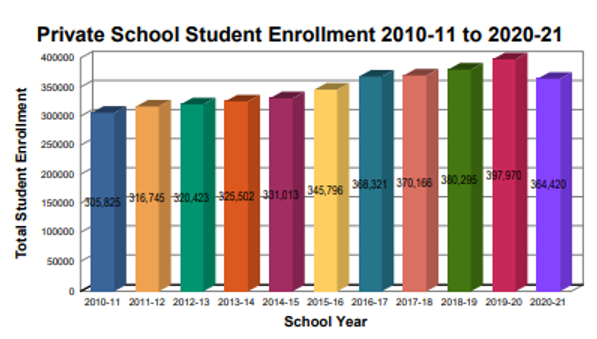 COVID-19 rocked K-12 school enrollment overall last year, but private schools were hit especially hard as enrollment declined for the first time in more than a decade.
COVID-19 rocked K-12 school enrollment overall last year, but private schools were hit especially hard as enrollment declined for the first time in more than a decade.
A new report from the Florida Department of Education shows private school enrollment fell by 33,500 students, the steepest decline observed in the last 20 years.
Public schools, which include charter schools, saw a decline of 84,355 students, or minus 2.9%, during the pandemic. Private school enrollment declined 8.4%.
The report also shows the number of private schools in the state declined by 82, while private schools’ market share declined from 12.2% to 11.5% of all PreK-12 students in the state.
Home education proved to be a popular education alternative for public and private school students alike, growing by more than 37,000 students.
Florida Virtual School also saw a sharp increase in enrollments last year – 5,644 more full-time students over the previous year, a 98% spike, with more than 231,100 new course enrollments, a 57% increase in its part-time FLVS Flex program.
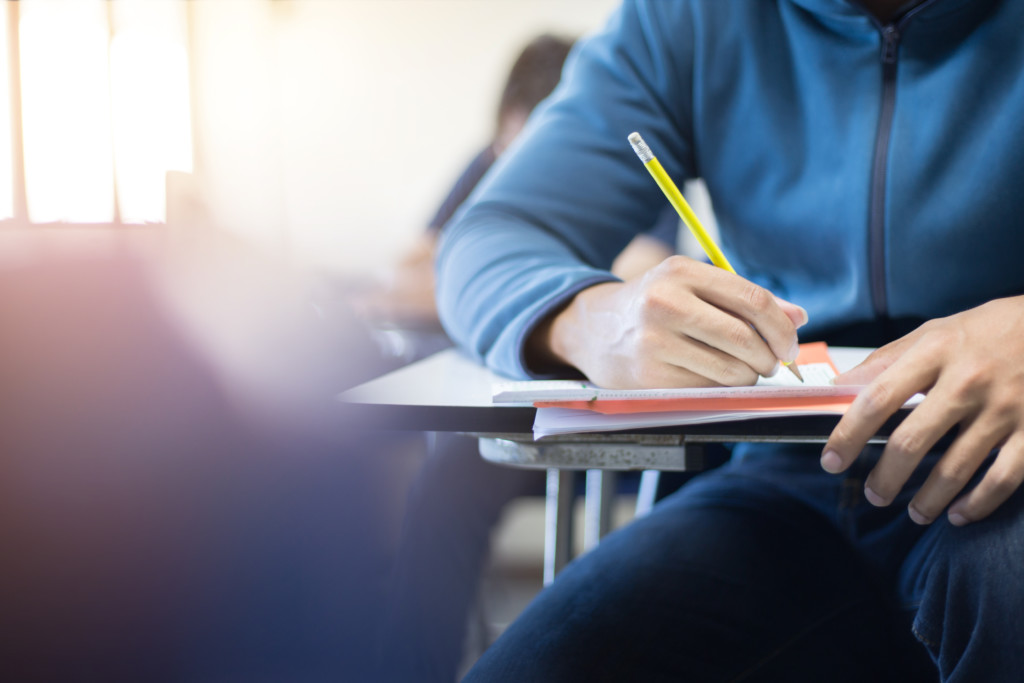 More than three months after the CARES Act appropriated billions of dollars to aid the education of low-income students in public and private schools, most eligible private schools in Florida have yet to see financial relief according to a recent survey of participating private schools conducted by Step Up for Students, which hosts this blog.
More than three months after the CARES Act appropriated billions of dollars to aid the education of low-income students in public and private schools, most eligible private schools in Florida have yet to see financial relief according to a recent survey of participating private schools conducted by Step Up for Students, which hosts this blog.
The nation’s largest state-approved nonprofit scholarship funding organization helps administer five scholarship programs in Florida, including two that are income-based programs, the Florida Tax Credit Scholarship and the Family Empowerment Scholarship, as well as the Gardiner Scholarship for students with unique abilities.
The Step Up survey asked more than 1,000 schools that participate in Florida’ scholarship programs questions about the Elementary and Secondary Emergency Relief Fund (ESSER), declining enrollment, and distance learning. Participants returned 662 completed surveys and 140 partial surveys.
Of 683 schools that provided responses regarding ESSER funding, 61%, or 415 schools, reported they qualified for the funding. But of those schools, nearly three-quarters – 74% – said they have not received any emergency funds.
Congress made available $13.2 billion to help stabilize K-12 education funding this summer amidst a global pandemic and rising unemployment. The U.S. Department of Education subsequently was sued over its directive on how to calculate the share provided to private schools. Though the U.S. Department of Education declined to appeal, it noted that local education agencies still were required to share the funds based on the enrollment of low-income students attending private schools.
Fifty-seven percent of survey respondents reported enrollment declines. “Unable to afford tuition” was cited in 63.7% of cases as to why parents no longer were enrolling their child. Forty-five percent of schools (298) expressed concern about losing new students because of the Family Empowerment Scholarship’s prior-year public school attendance requirement.
Additionally, the survey found that 54% of private schools worried that declining enrollment would impact their viability.
Though troubling, these findings nevertheless are more positive than those reported earlier in the pandemic. In April, 73% of private schools reported declining enrollments.
Overall, private school enrollment among lower-income students remains steady. For 2020-21, approximately 130,000 students are utilizing income-based scholarships, up slightly from last year, although these are preliminary enrollment figures.
The Florida Department of Education is expected to release its first-quarter enrollment reports either this month or in November.
Florida's private schools saw their biggest enrollment growth in 15 years.
Enrollment grew by 22,525 PreK-12 students in the 2016-17 school year. That's a 6.5 percent increase over the previous year and the second-highest enrollment growth since 2000. According to the new report from the Florida Department of Education, private school students now make up 11.6 percent of all preK-12 students in Florida.
Enrollment ranged from 0 students in rural Liberty County to 76,022 in Miami-Dade. (more…)
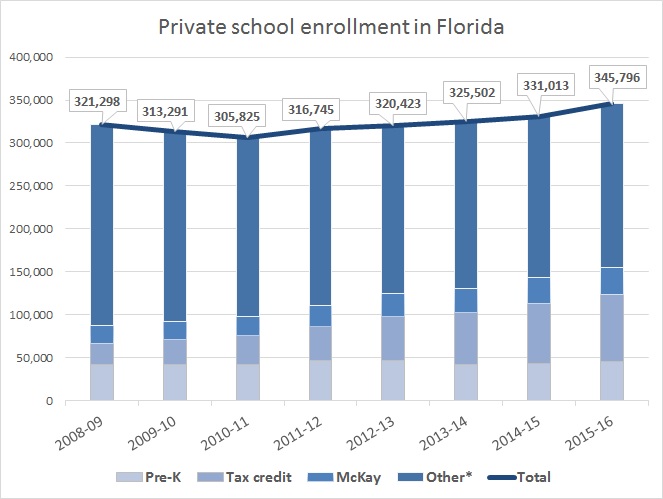
In recent years, Pre-K and two private school choice programs have underpinned private school enrollment in Florida. Source: Florida Department of Education (see our breakdown here).
Enrollment in Florida's private schools made a big jump during the 2015-16 school year.
Private school enrollment rose by more than 14,000 students, its biggest annual increase since 2002, according to a fresh annual report released by the Florida Department of Education.
For the first time in more than a decade, private school growth outstripped two steadily expanding school choice programs, which for years have helped shore up enrollment.
In recent years, McKay Scholarships for special needs students and tax credit scholarships for low-income students have grown by thousands of students annually. They now subsidize tuition for more than 109,000 children, or more than 36 percent of K-12 private-school students statewide. (more…)
Florida's private schools added more than 5,500 students during the recently completed school year, according to new statistics from the state Department of Education.
The 1.7 percent enrollment increase in 2015 marks the fourth-straight year of small but significant growth for private schools, and the latest sign they are slowly recovering from the Great Recession.
(more…)When Sarasota Academy of the Arts opens this fall, the Florida K-8 school still will have the feel of the Julie Rohr Academy, the private school it used to be. Small campus. Small classes. A special curriculum devoted to music and the arts.
 But the new school won’t be a private school. It will be a public charter school.
But the new school won’t be a private school. It will be a public charter school.
The conversion is symbolic of a significant trend coursing through the school choice sector. Private school enrollment is falling. Charter school enrollment is rising. And the potential repercussions – particularly on faith-based schools and the communities that value them – have yet to be fully aired.
The new Sarasota Academy will have state-certified teachers, state-mandated tests and, most importantly, nearly twice as many students. It’s that enrollment boost that led Julie Rohr and her son, Matt McHugh, to make the difficult decision to shut down their family-owned school and apply to become a charter.
“When my mother started our private school 35 years ago, there were five public schools in the area and a couple of private schools,’’ McHugh said. “Now we have charter schools, virtual school – and homeschooling is a big thing now.”
“There are just so many options right now that are free,’’ he said. “And, obviously, that’s a huge challenge for us. We had to figure out how to reach more kids.’’
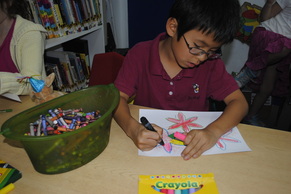
The Julie Rohr Academy, a 35-year-old private arts school in Sarasota, Fla., will become a public K-8 charter school this fall. Most of the private school students were accepted into the charter, school officials said.
It’s a dilemma shared by private schools in Florida and beyond. Between 2002 and 2010, private school enrollment nationally tumbled from 5.4 million to 4.5 million. Over the same span, charter enrollment climbed from 666,000 to 1.8 million.
A recent U.S. Census Bureau report suggested a correlation. Parents send their kids to private schools for advanced programs, extracurricular activities, small class sizes and other perks easily found today in charter schools that don’t charge tuition, the report noted.
There’s no doubt many parents are making the switch, even if it means giving up the faith-based atmosphere they’d prefer. Some private schools are following their parents’ lead.
Barbara Hodges of the Florida Council of Independent Schools, which accredits 160 schools, said she hates to lose a school like the Julie Rohr Academy. But at the same time, she said, going charter is “breathing some life and financial sustainability into a fine school.’’ (more…)
School funding. Gov. Rick Scott wants to spend additional revenue on public schools, reports the Florida Current. Funding and other education issues are woven through a mid-term progress report on Scott from the Tampa Bay Times.
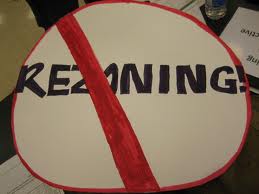 Rezoning. The Seminole school district is swamped with proposals, reports Orlando Sentinel. Affluent parents respond with “snobbery,” writes Sentinel columnist Beth Kassab. (Image from coolsprings.com)
Rezoning. The Seminole school district is swamped with proposals, reports Orlando Sentinel. Affluent parents respond with “snobbery,” writes Sentinel columnist Beth Kassab. (Image from coolsprings.com)
Florida gets a B- for ed reform policies, according to a StudentsFirst report out today, the New York Times reports. That ties it with Louisiana for the top grade. A dozen states get F’s.
Best year ever. 2012 was a year of unprecedented accomplishments for the Miami-Dade school district, writes Superintendent Alberto Carvalho in the Miami Herald.
Career and technical. The Manatee school districts spends $44 million on a new main campus for Manatee Technical Institute. Bradenton Herald.
School grading. Poor grades for Polk high schools should be taken seriously. Lakeland Ledger.
School security. Editorials from Tampa Bay Times, Tampa Tribune, Palm Beach Post. More coverage from the Tribune and South Florida Sun Sentinel.
School enrollment. It's up in public schools by 30,000 statewide, in part because of declines in private schools. Palm Beach Post. A district audit finds a Palm Springs charter school overstated its enrollment, resulting in a $160,000 overpayment, the Palm Beach Post also reports.
Home schooling. Enough with the stereotypes, writes Mike Thomas at the EdFly Blog. (more…)